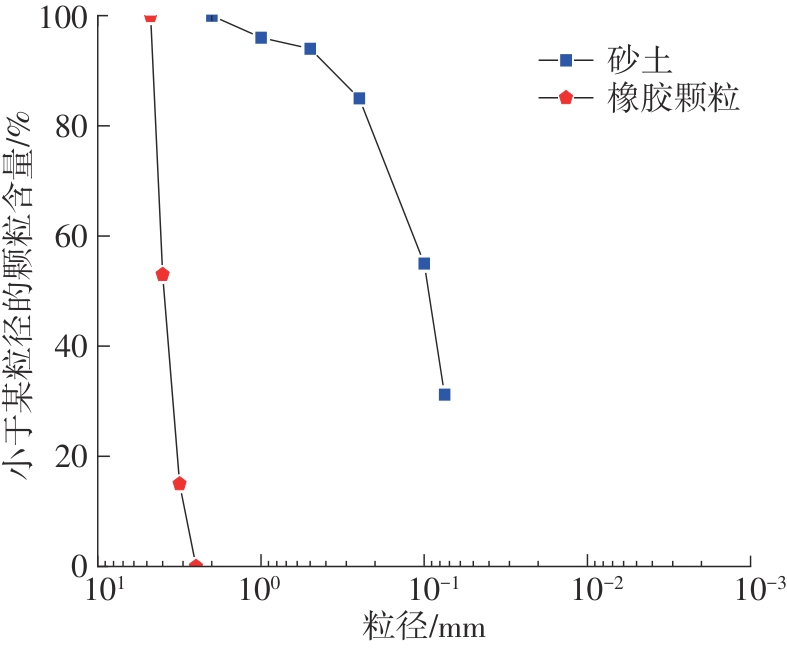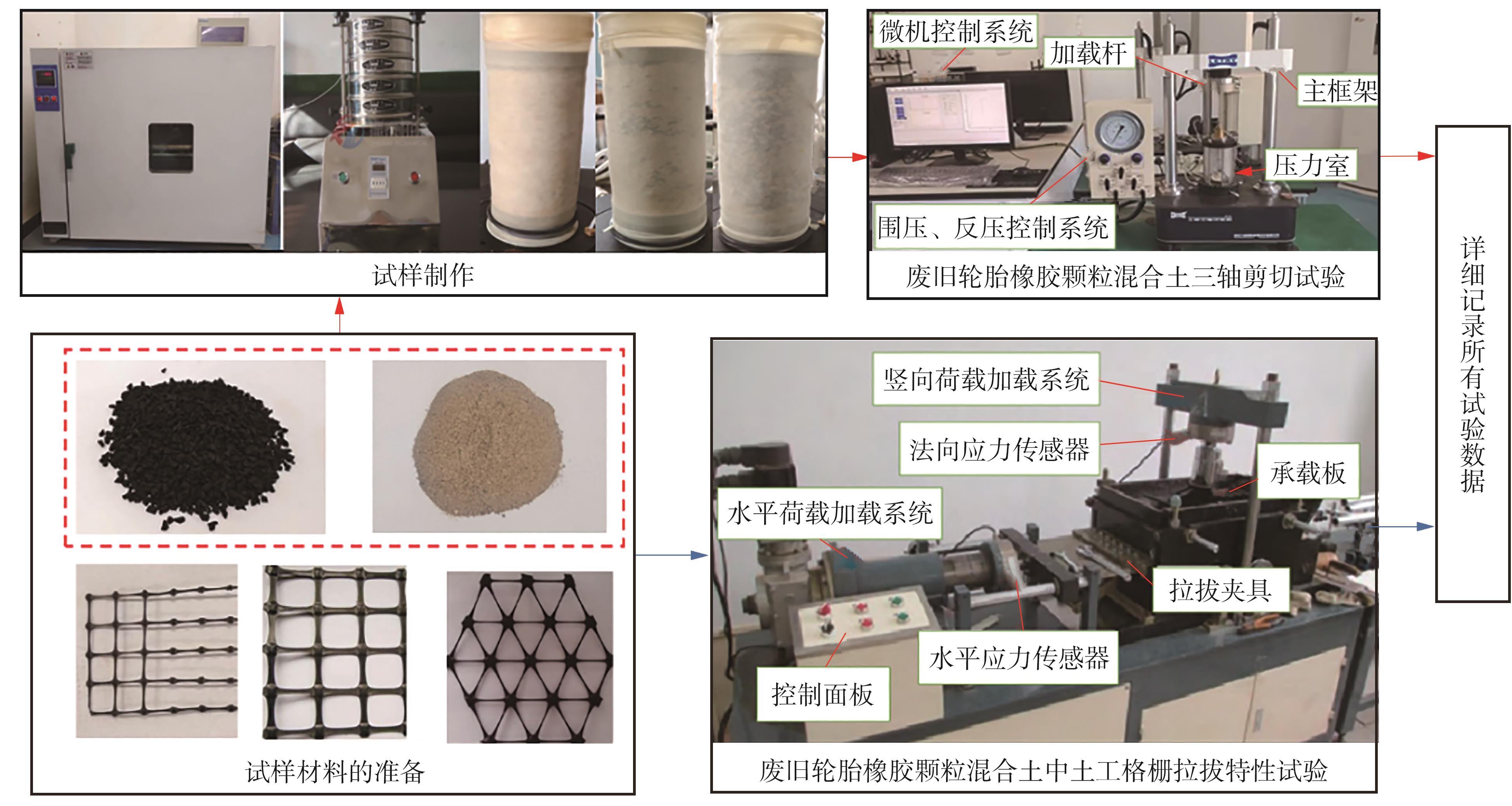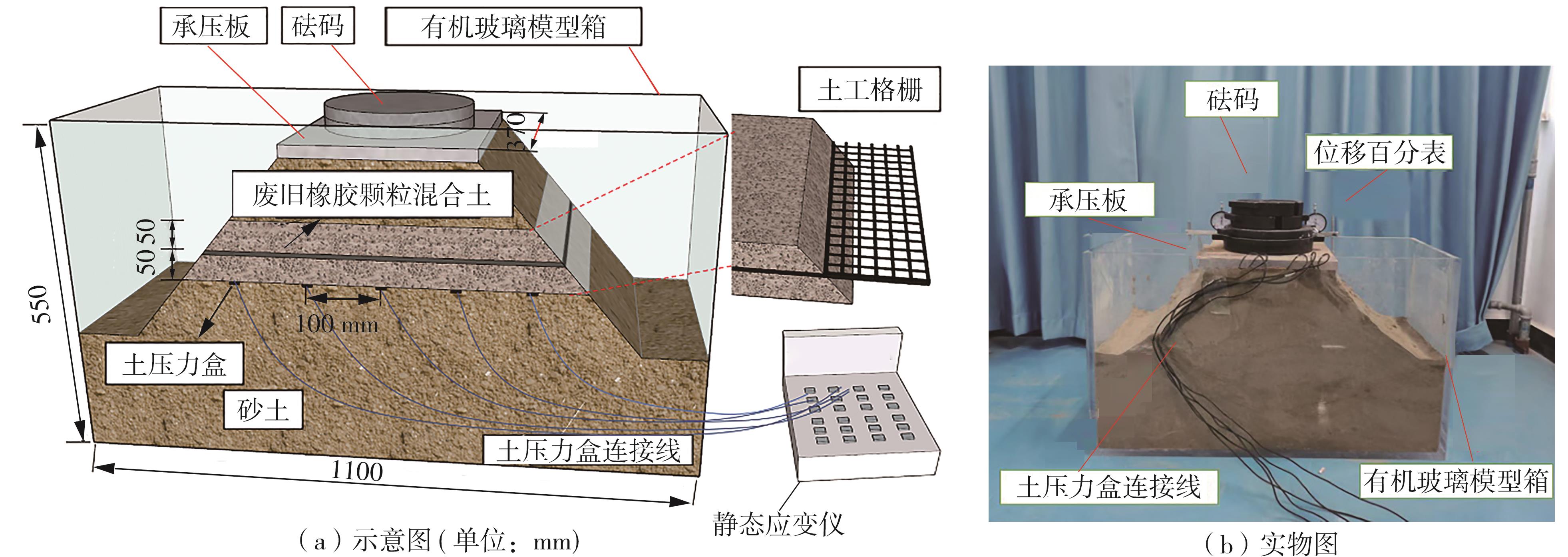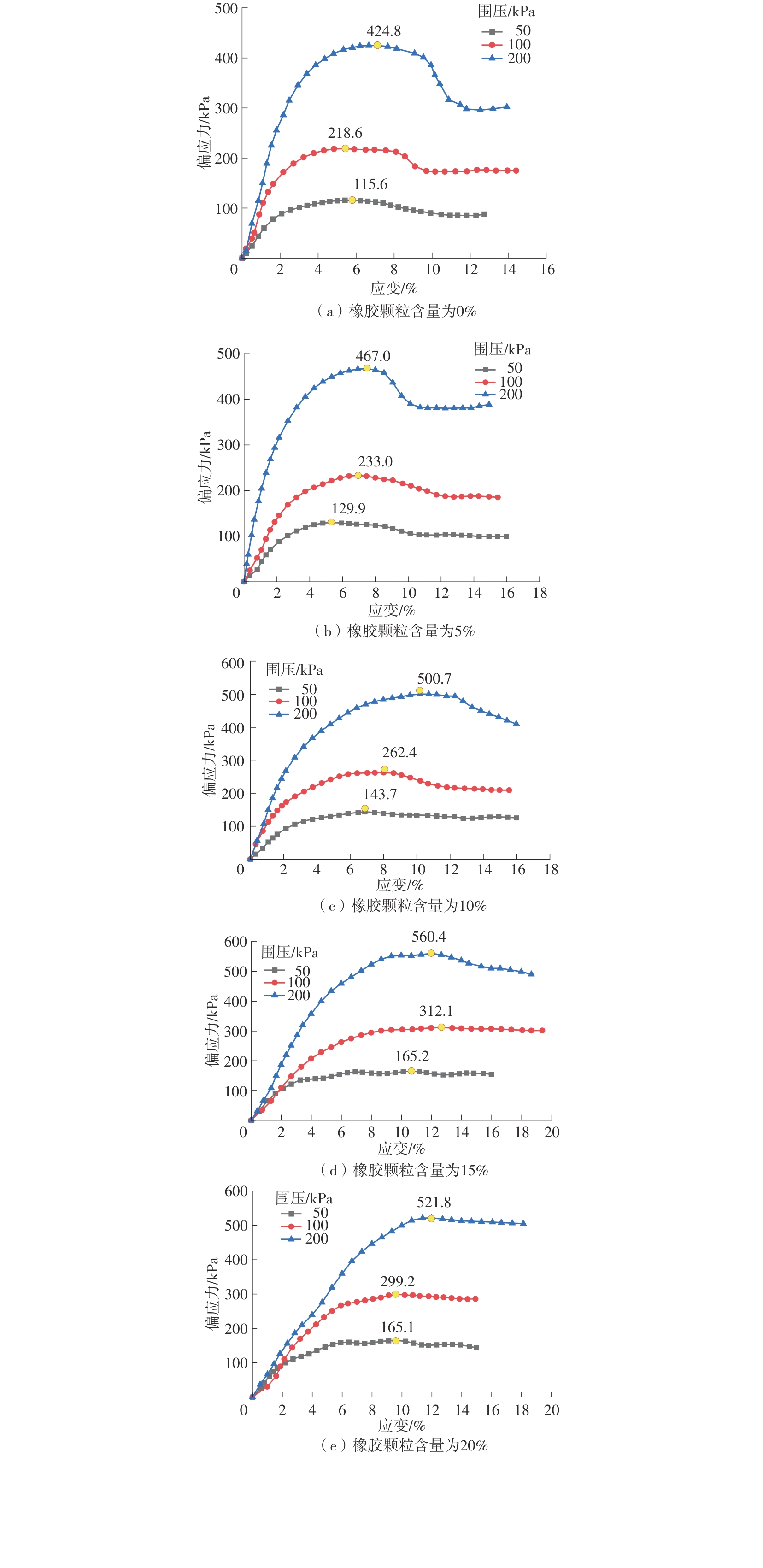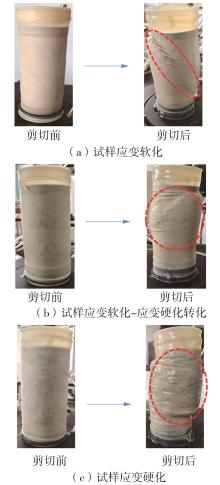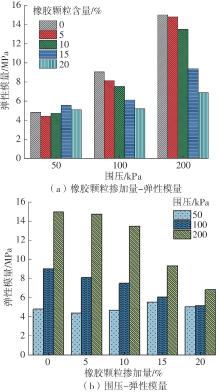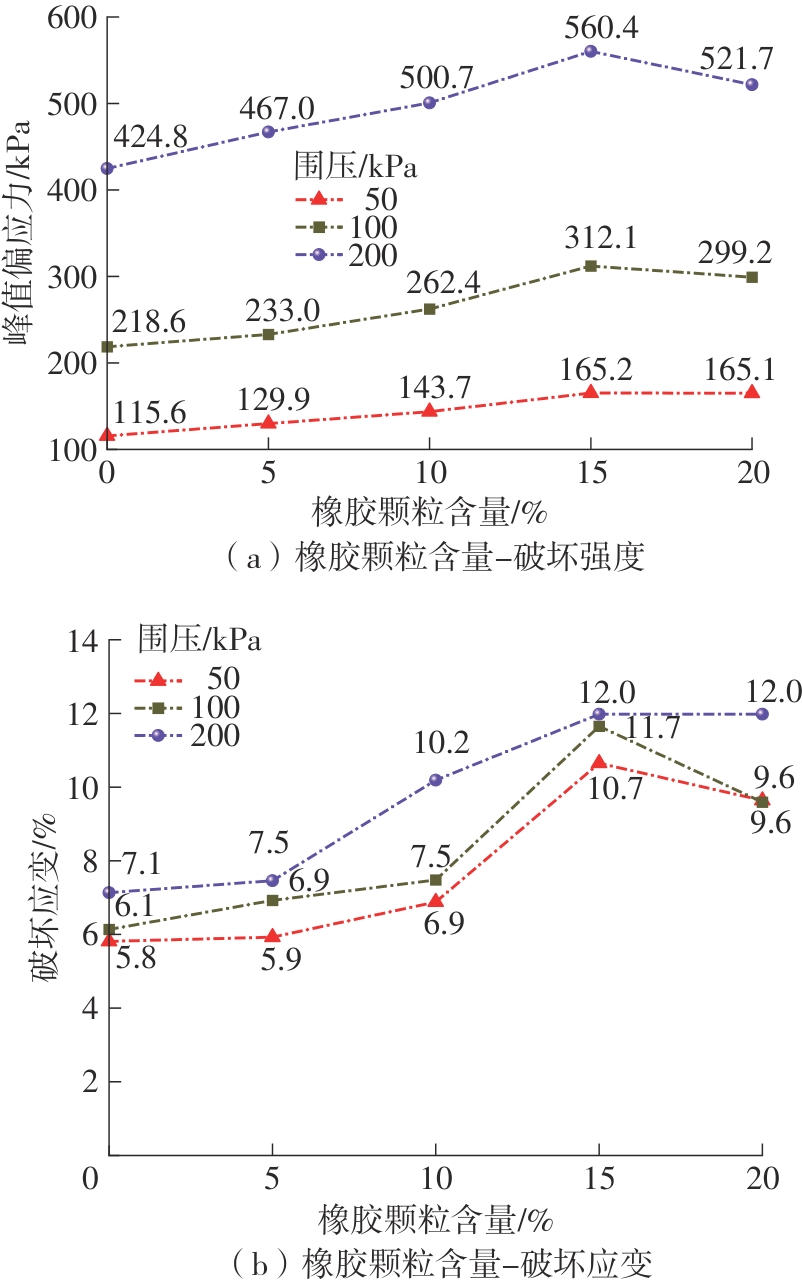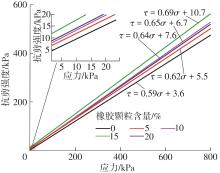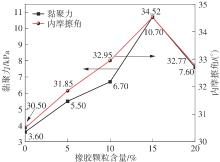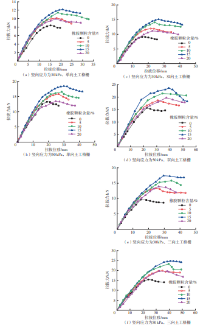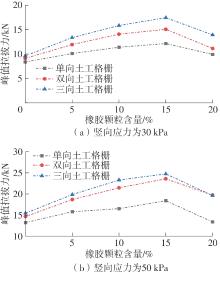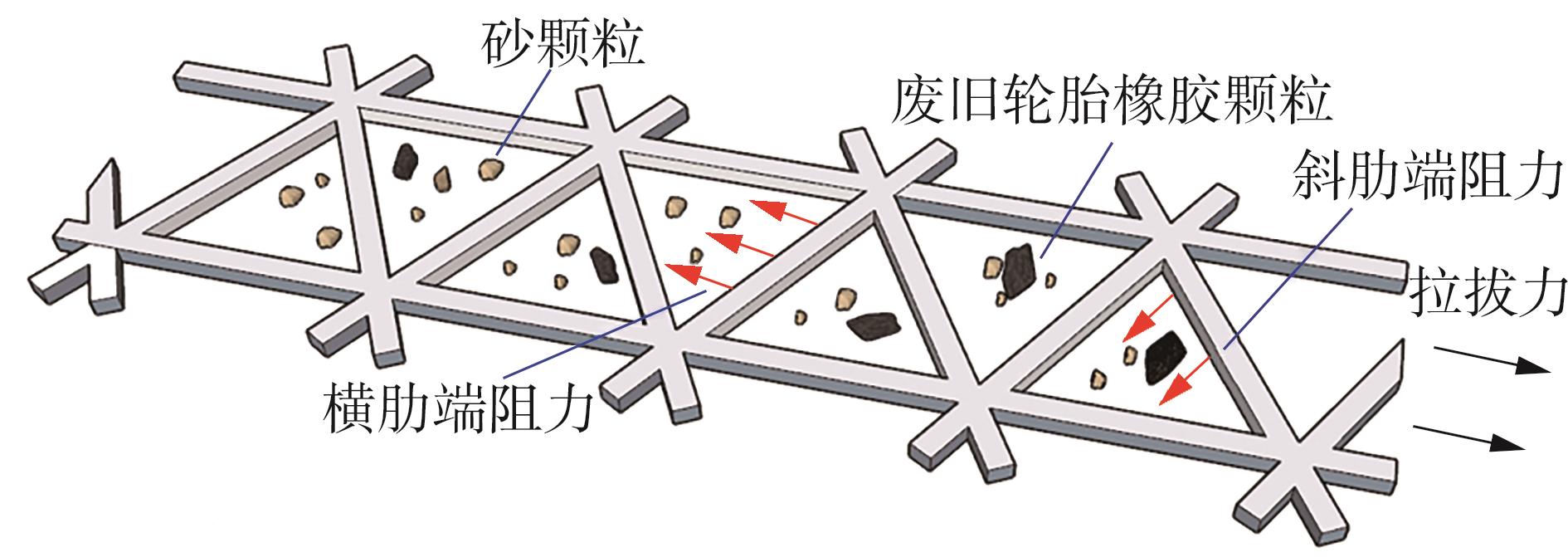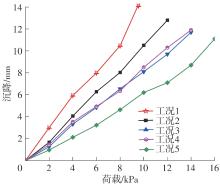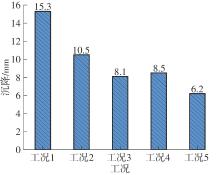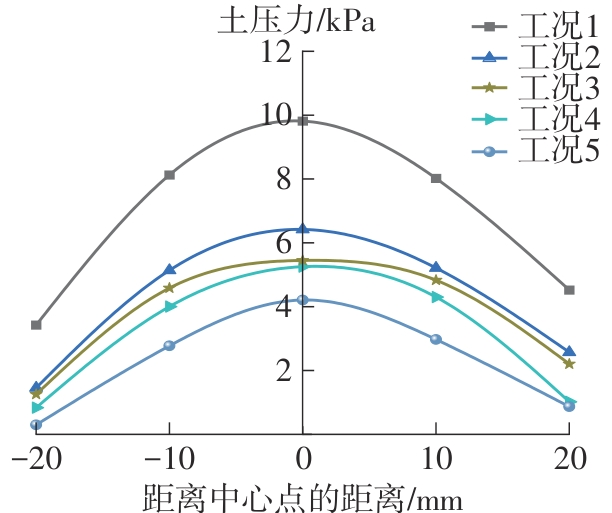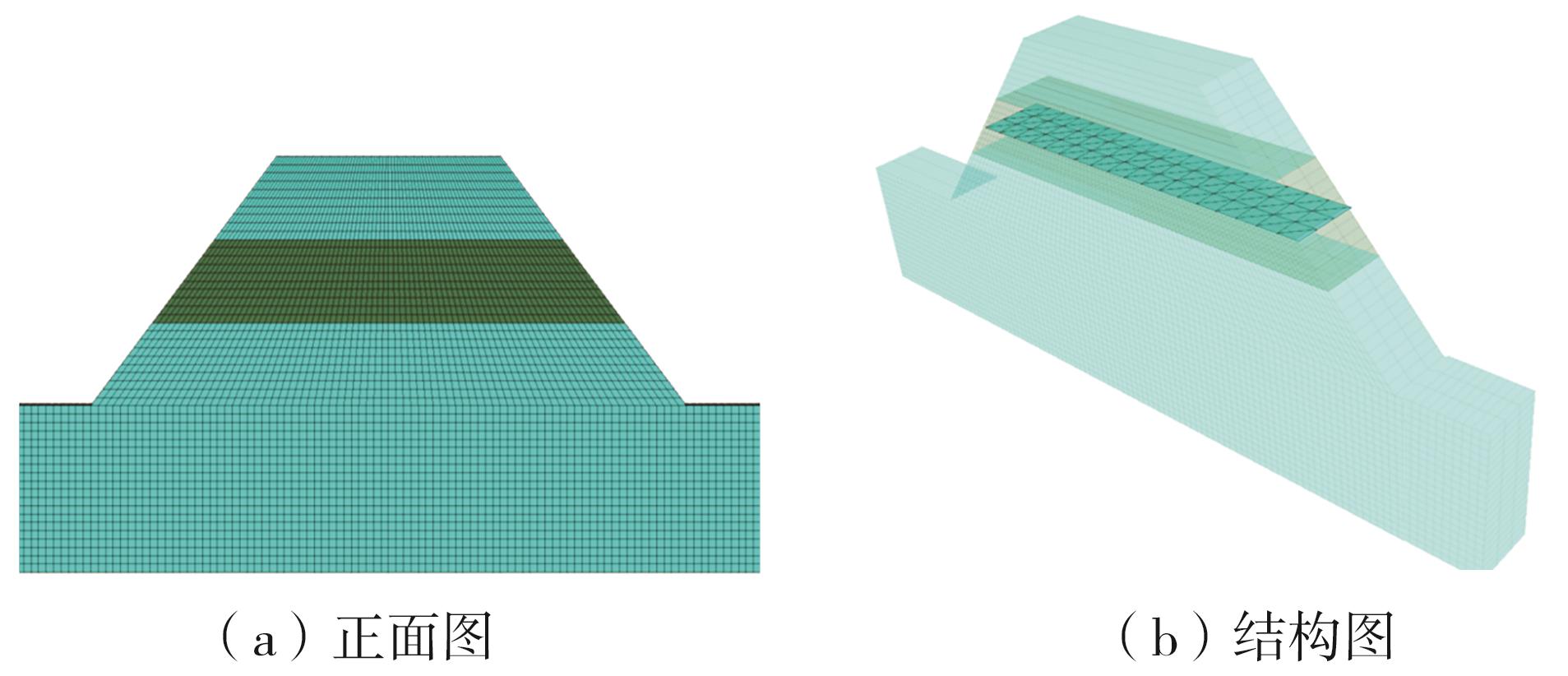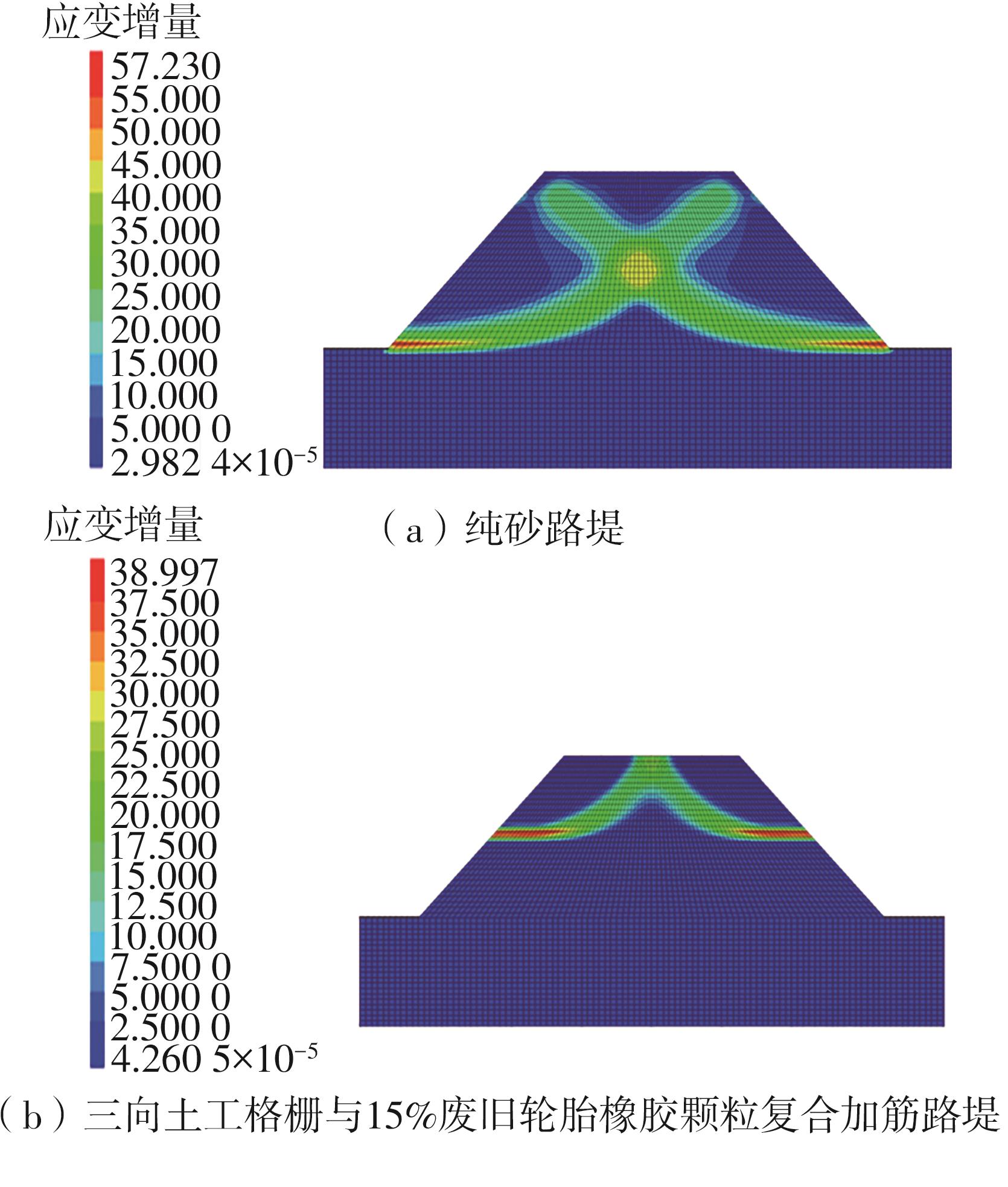| 1 |
刘丽莎,田锋 .废旧轮胎的回收处理及资源化现状研究[J].新型工业化,2021,11(5):58-59.
|
|
LIU Lisha, TIAN Feng .Research on recycling and resource utilization of waste tires[J].The Journal of New Industrialization,2021,11(5):58-59.
|
| 2 |
LI B, HUANG M S, ZENG X W .Dynamic behavior and liquefaction analysis of recycled-rubber sand mixtures[J].Journal of Materials in Civil Engineering,2016,28(11):1-14.
|
| 3 |
LI L H, LIU S S, XIAO H L,et al .Experimental investigation on reinforcement effect of sustainable materials for different subgrades[J].Journal of Cleaner Production,2022,343(7):130944/1-14.
|
| 4 |
LI L H, YANG J C, XIAO H L,et al .Behavior of tire-geogrid-reinforced retaining wall system under dynamic vehicle load[J].International Journal of Geomechanics,2020,20(4):04020017/1-12.
|
| 5 |
LI H B, LI W B, TEMITOPE A A,et al .Analysis of the influence of production method,crumb rubber content and stabilizer on the performance of asphalt rubber[J].Applied Sciences,2020,10(16):5447/1-18.
|
| 6 |
WANG H N, YOU Z P, MILLS-BEALE J,et al .Laboratory evaluation on high temperature viscosity and low temperature stiffness of asphalt binder with high percent scrap tire rubber[J].Construction and Building Materials,2012,26(1):583-590.
|
| 7 |
WANG T, XIAO F P, AMIRKHANIAN S,et al .A review on low temperature performances of rubberized asphalt materials[J].Construction and Building Materials,2017,145(4):483-505.
|
| 8 |
KOK B V, COLAK H .Laboratory comparison of the crumb-rubber and SBS modified bitumen and hot mix asphalt[J].Construction and Building Materials,2011,25(8):3204-3212.
|
| 9 |
GHAVIBAZOO A, ABDELRAHMAN M .Composition analysis of crumb rubber during interaction with asphalt and effect on properties of binder[J].International Journal of Pavement Engineering,2013,14(5):517-530.
|
| 10 |
JEONG K D, LEE S J, AMIRKHANIAN S N,et al .Interaction effects of crumb rubber modified asphalt binders[J].Construction and Building Materials,2010,24(5):824-831.
|
| 11 |
ZHOU C X, TAN Y Q .Study on anti-icing performance of pavement containing a granular crumb rubber asphalt mixture[J].Road Materials and Pavement Design,2009,10(1):281-294.
|
| 12 |
BRESSI S, COLINAS-ARMIJO N, DI MINO G .Analytical approach for the mix design optimisation of bituminous mixtures with crumb rubber[J].Materials and Structures,2018,51(1):48-59.
|
| 13 |
CHEN H L, LI D D, MA X,et al .Mesoscale analysis of rubber particle effect on young’s modulus and creep behaviour of crumb rubber concrete[J].International Journal of Mechanics and Materials in Design,2021,17(3):659-678.
|
| 14 |
刘志恒,陈徐东,胡良鹏,等 .重复冲击下高温后橡胶自密实混凝土动态力学性能[J].工程科学与技术,2023,55(4):169-178.
|
|
LIU Zhiheng, CHEN Xudong, HU Liangpeng,et al .Investigation on the dynamic mechanical properties of thermally treated rubberized self-compacting concrete under repeated impact[J].Advanced Engineering Sciences,2023,55(4):169-178.
|
| 15 |
ZHU X B, MIAO C W, LIU J P,et al .Influence of crumb rubber on frost resistance of concrete and effect mechanism[J].Procedia Engineering,2012,27(1):206-213.
|
| 16 |
REN R, LIANG J F, LIU D W,et al .Mechanical behavior of crumb rubber concrete under axial compre-ssion[J].Advances in Concrete Construction,2020,9(3): 249-256.
|
| 17 |
ASSAGGAF R A, ALI M R, AL-DULAIJAN S U,et al .Properties of concrete with untreated and treated crumb rubber-a review[J].Journal of Materials Research and Technology-Jmr & T,2021,11(1):1753-1798.
|
| 18 |
AL-TAYEB M M, BAKAR B H ABU, ISMAIL H,et al .Impact resistance of concrete with partial replacements of sand and cement by waste rubber[J].Polymer-Plastics Technology and Engineering,2012,51(12):1230-1236.
|
| 19 |
XU X Q, ZHANG Z G, HU Y G .Bearing strength of crumb rubber concrete under partial area loading[J].Materials,2020,13(11):2446/1-26.
|
| 20 |
AKBARI M, TAHAMTAN M H N, FALLAH-VALUKOLAEE S,et al .Investigating fracture characteristics and ductility of lightweight concrete containing crumb rubber by means of WFM and SEM methods[J].Theoretical and Applied Fracture Mechanics,2022,117(1):103148/1-15.
|
| 21 |
RICHARDSON A, COVENTRY K, EDMONDSON V,et al .Crumb rubber used in concrete to provide freeze-thaw protection (optimal particle size)[J].Journal of Cleaner Production,2016,112(1):599-606.
|
| 22 |
OTIENO M, MUSHUNJE K .Creep deformation characteristics of rubberised structural concrete[J].Construction and Building Materials,2021,312(6):125418/1-10.
|
| 23 |
顾建波,周恩全,姚缘 .橡胶混合土路用性能研究[J].交通科技与管理,2024,5(4):111-113.
|
|
GU Fangbo, ZHOU Enquan, YAO Yuan .Study on performance of rubber mixed earth road[J].Traffic Technology and Management,2024,5(4):111-113.
|
| 24 |
YADAV J S, TIWARI S K. Influence of crumb rubber on the geotechnical properties of clayey soil[J].Environment Development and Sustainability,2018,20(6):2565-2586.
|
| 25 |
刘路路,蔡国军,刘晓燕 .橡胶-砂轻质填料压缩特性及颗粒破碎研究[J].中国矿业大学学报,2020,49(5):882-888.
|
|
LIU Lulu, CAI Guojun, LIU Xiaoyan .Investigation on compression and particle breakage characteristics of rubber-sand lightweight filler[J].Journal of China University of Mining & Technology,2020,49(5):882-888.
|
| 26 |
刘飞禹,李昊泽,符军,等 .橡胶砂级配对混合土体剪切特性影响研究[J].岩土力学,2023,44(3):663-672.
|
|
LIU Feiyu, LI Haoze, FU Jun,et al .Effect of rubber-sand mixtures gradation on shear characteristics of mixed soil[J].Rock and Soil Mechanics,2023,44(3): 663-672.
|
| 27 |
DAS S, BHOWMIK D .Small-strain dynamic beha-vior of sand and sand-crumb rubber mixture for different sizes of crumb rubber particle[J].Journal of Materials in Civil Engineering,2020,32(11):04020334/1-9.
|
| 28 |
李丽华,肖衡林,唐辉明,等.轮胎碎片-砂混合土抗剪性能优化试验研究[J].岩土力学,2013,34(4):1063-1067.
|
|
LI Lihua, XIAO Henglin, TANG Huiming,et al .Shear performance optimizing of tire shred-sand mixture[J].Rock and Soil Mechanics,2013,34(4):1063-1067.
|
| 29 |
周海 .砂土-橡胶颗粒轻质混合料强度与剪胀特性试验研究[D].重庆:重庆大学,2021.
|
| 30 |
蔡永明,王志杰,齐逸飞,等 .土工格栅加筋橡胶碎石动力特性试验研究[J].岩土力学,2024,45(1):87-96,107.
|
|
CAI Yongming, WANG Zhijie, QI Yifei,et al .Experimental study on dynamic properties of geogrid reinforced rubber gravel[J].Rock and Soil Mechanics,2024,45(1):87-96,107.
|
| 31 |
SOL-SANCHEZ M, MORENO-NAVARRO F, PEREZ R,et al .Defining the process of including sustainable rubber particles under sleepers to improve track beha-viour and performance[J].Journal of Cleaner Production,2019,227(15):178-188.
|
| 32 |
刘方成,王将,吴孟桃,等 .土工格栅加筋橡胶砂应力-应变特性试验[J].吉林大学学报(工学版),2023,53(9):2542-2553.
|
|
LIU Fangcheng, WANG Jiang, WU Mengtao,et al .Stress-strain characteristics of geogrid reinforced[J].Journal of Jilin University (Engineering and Technology Edition),2023,53(9):2542-2553.
|
| 33 |
公路土工试验规程: [S].
|
| 34 |
杨晋华 .季节性冻土区粉砂土的力学特性研究[D].包头:内蒙古科技大学,2019.
|
| 35 |
BERGADO D T, CHAI J C, MIURA N. Prediction of pullout resistance and pullout force-displacement relationship for inextensible grid reinforcements[J].Soils and Foundations,1996,36(4):11-22.
|

